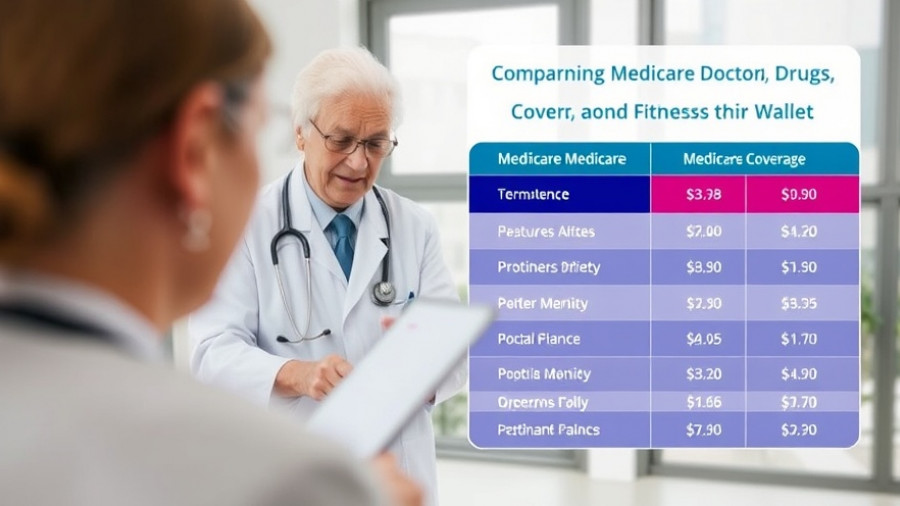
The Importance of the High-Dose Flu Shot for Older Adults
With flu season approaching each year, the debate about vaccination strategies intensifies, especially regarding older adults. A recent study indicates that high-dose flu shots may significantly reduce the risk of hospitalization for flu or pneumonia among seniors compared to standard-dose vaccines. In a world where healthcare decisions can determine quality of life, understanding these findings is crucial for seniors and their caregivers.
Understanding the Study Results
In two large randomized clinical trials, researchers examined the effectiveness of high-dose and standard-dose flu vaccines. The DANFLU-2 trial in Denmark included over 332,000 older adults, while the GALFLU trial involved about 133,000 participants in Spain. The results reflected that while individual studies did not point to a clear superiority of the high-dose vaccine, combined data revealed promising trends. For instance, the GALFLU study found that among adults aged 65 to 79, those who received the high-dose vaccine had a 23.7% relative effectiveness against hospitalization, although this was not statistically significant due to a lack of further cases.
The Rise of High-Dose Vaccines
Why are high-dose vaccines coming into focus? Older adults often have weakened immune systems, making them more vulnerable to serious flu complications. A high-dose vaccine packs in more of the flu-fighting ingredients than standard shots, providing a more robust immune response. In a previous study, high-dose shots showed a reduced hospitalization rate, reinforcing that these vaccines may offer enhanced protection against severe illness.
What This Means for Health Policy in the Future
This new data not only affects individual health decisions but also shapes future health policies. If high-dose vaccines are shown to consistently offer better protection, health professionals might recommend these shots as the primary choice for seniors. With the ongoing threat of flu and pneumonia, policy adjustments to favor more comprehensive vaccination programs for older adults could lead to reduced hospitalizations and healthcare costs.
Making Informed Decisions About Vaccinations
As flu season approaches, it’s imperative for older adults or their caregivers to discuss options with healthcare providers. Understanding the differences between vaccine types can lead to better health outcomes. Families should weigh the potential benefits of high-dose vaccines, especially in light of the emerging evidence supporting their effectiveness.
Conclusion: A Call for Awareness
As we prepare for flu season, the findings regarding high-dose flu shots underscore the importance of informed vaccination choices. Emphasizing education on the benefits of high-dose vaccines will ensure that seniors take an active role in safeguarding their health. For more information on healthy practices and healthcare options, consider engaging community workshops or consulting health professionals.
 Add Row
Add Row 

 Add
Add 


Write A Comment